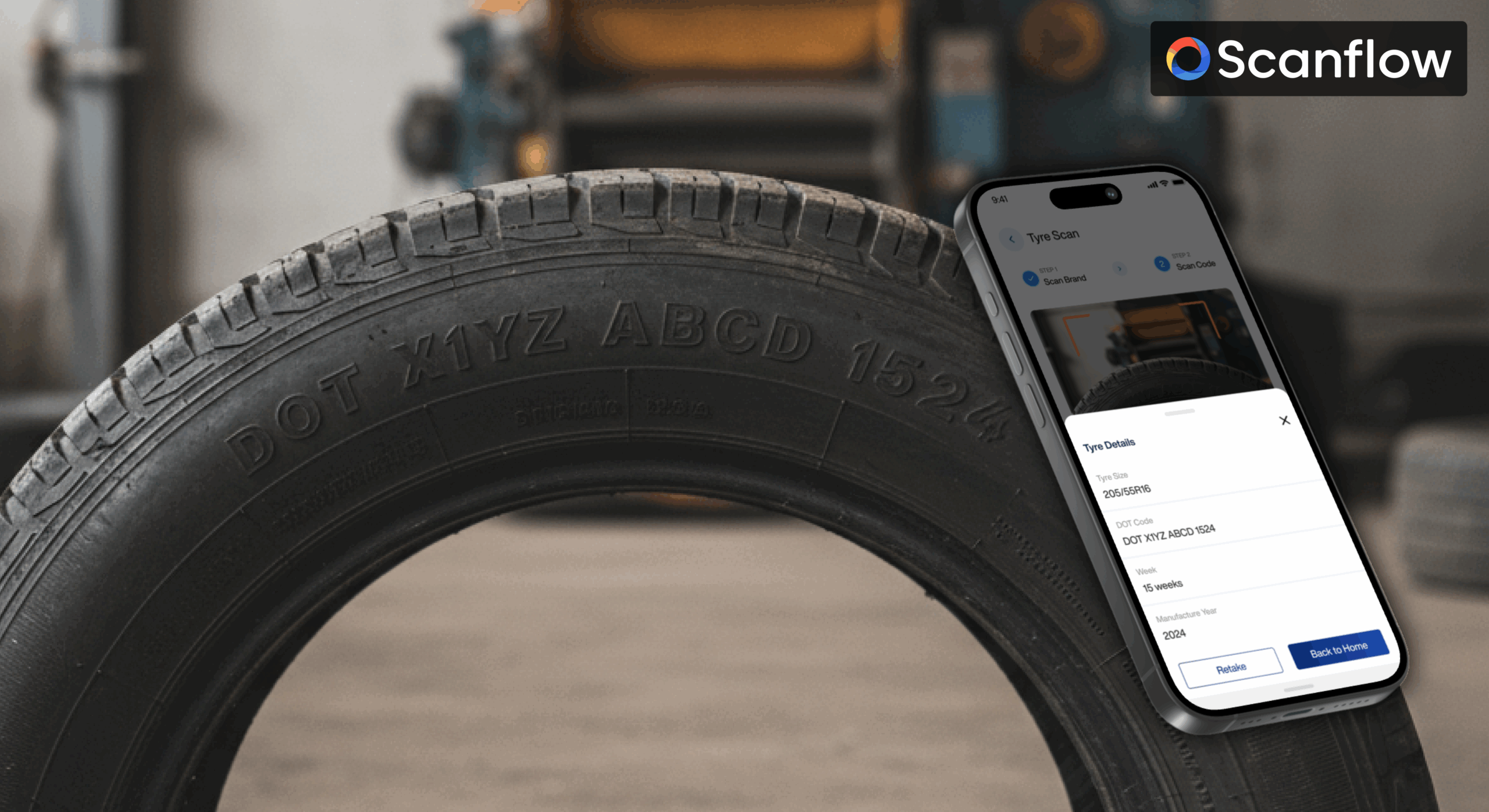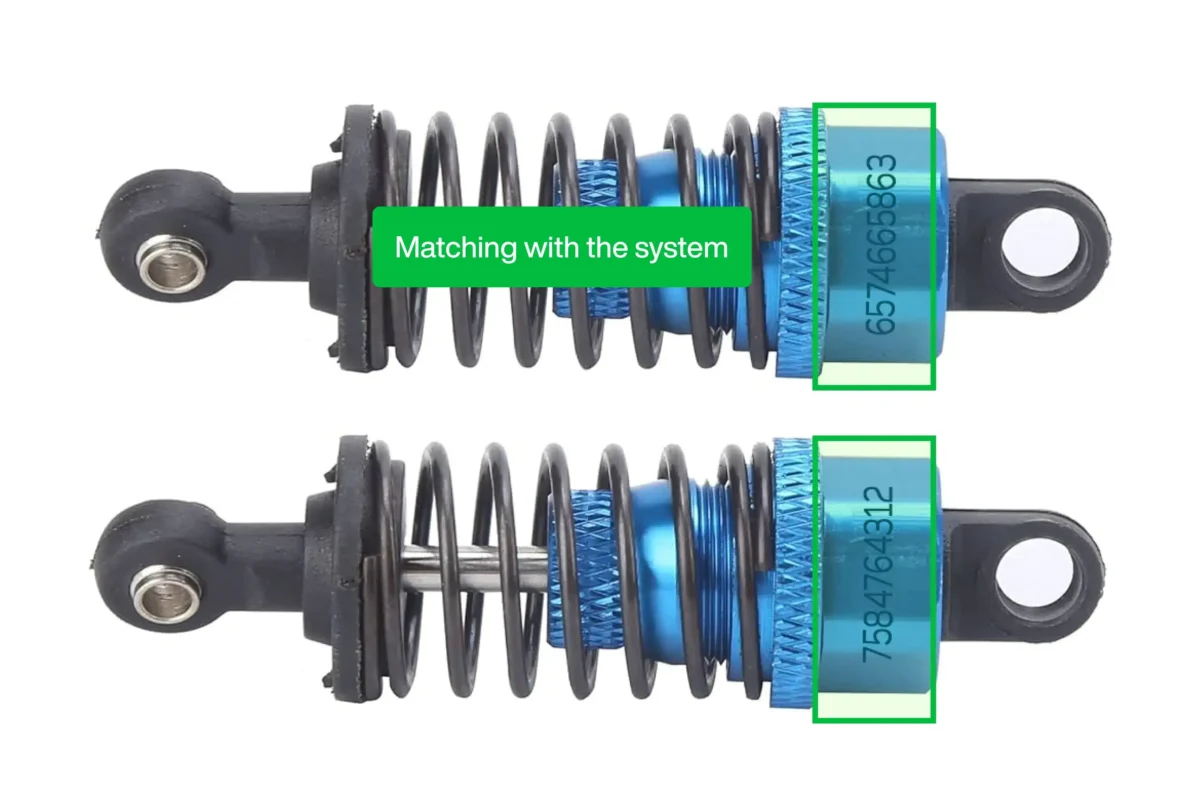Top 5 Benefits of Smart Scanning Solution for Tire Recycling Businesses
The tire recycling industry faces constant challenges in handling large volumes of scrap tires, ensuring sustainability, and reducing operational costs. Traditional sorting and identification methods are often time-consuming and prone to errors. This is where smart scanning solutions like Scanflow come into play.
By using advanced recognition systems and SDK integration, tire recycling businesses can streamline operations, cut costs, and support a greener planet. Let’s explore the top 5 benefits of smart scanning solutions for tire recycling companies.
Introduction: Why Smart Scanning Matters in Tire Recycling
Every year, billions of tires reach the end of their lifecycle. Recycling these tires effectively requires precise identification of types, materials, and potential reuse options. Smart scanning solutions automate this process, minimizing human error and increasing speed.
1.The Role of Scanflow in Modern Recycling Processes
Scanflow is a powerful smart scanning solution designed to help industries, including tire recycling, improve recognition and data management. With its SDK integration, Scanflow enables businesses to customize scanning processes according to their unique needs, making recycling more efficient and scalable.
Benefit 1: Enhanced Efficiency in Tire Identification
1.Real-Time Recognition of Tire Types
Smart scanning can instantly recognize tire models, brands, and conditions. This ensures that recycling facilities can sort materials quickly without relying on manual inspection.
2.Reduction in Manual & Sorting Errors
By automating identification, smart scanning reduces and eliminates mistakes during sorting. This translates into faster turnaround times for recycling facilities.
Benefit 2: Improved Accuracy with Smart Scanning SDK
1.How SDK Integration Streamlines Recycling Operations
The SDK provided by Scanflow allows recycling businesses to integrate scanning functions into their existing workflows. This leads to smoother operations and consistent accuracy in tire recognition.
2.Compatibility with Existing Recycling Systems
Scanflow’s Tire SDK is designed for seamless compatibility, meaning businesses don’t need to overhaul their entire recycling infrastructure to adopt smart scanning.
Benefit 3: Cost Savings for Recycling Businesses
1.Lower Operational Costs through Automation
Automation powered by smart scanning drastically reduces labor costs while increasing overall productivity.
2.Long-Term ROI for Tire Recycling Facilities
Though initial setup may require investment, the long-term return on investment (ROI) is significant. Reduced errors, faster processing, and optimized operations all contribute to cost savings.
Benefit 4: Data-Driven Sustainability
1.Tracking Material Flow for Eco-Friendly Processing
Smart scanning provides real-time data on tire materials and conditions. This helps businesses track recycling efficiency and ensure eco-friendly practices.
2.Supporting Circular Economy Practices
By enabling precise sorting, smart scanning supports a circular economy, where materials are reused and waste is minimized.
Benefit 5: Scalability and Flexibility of Scanflow Solutions
1.Adapting to Different Tire Recycling Needs
Whether handling passenger car tires, truck tires, or specialty tires, smart scanning solutions adapt to different use cases.
2.Future-Proofing Businesses with Smart Scanning
As regulations and environmental demands evolve, Scanflow ensures businesses stay ahead by offering flexible and scalable scanning solutions.
Conclusion: Driving the Future of Tire Recycling with Smart Scanning
The tire recycling industry is undergoing a major transformation, and smart scanning solutions are at the forefront of this change. By adopting Scanflow and leveraging its SDK integration, recycling businesses can achieve faster tire identification, greater accuracy, reduced costs, and stronger sustainability outcomes.
Ready to transform your Tire scarp and recycling business?
Book a Demo with Scanflow Today and see how smart scanning can make a difference in your scarp and recycling processes.





